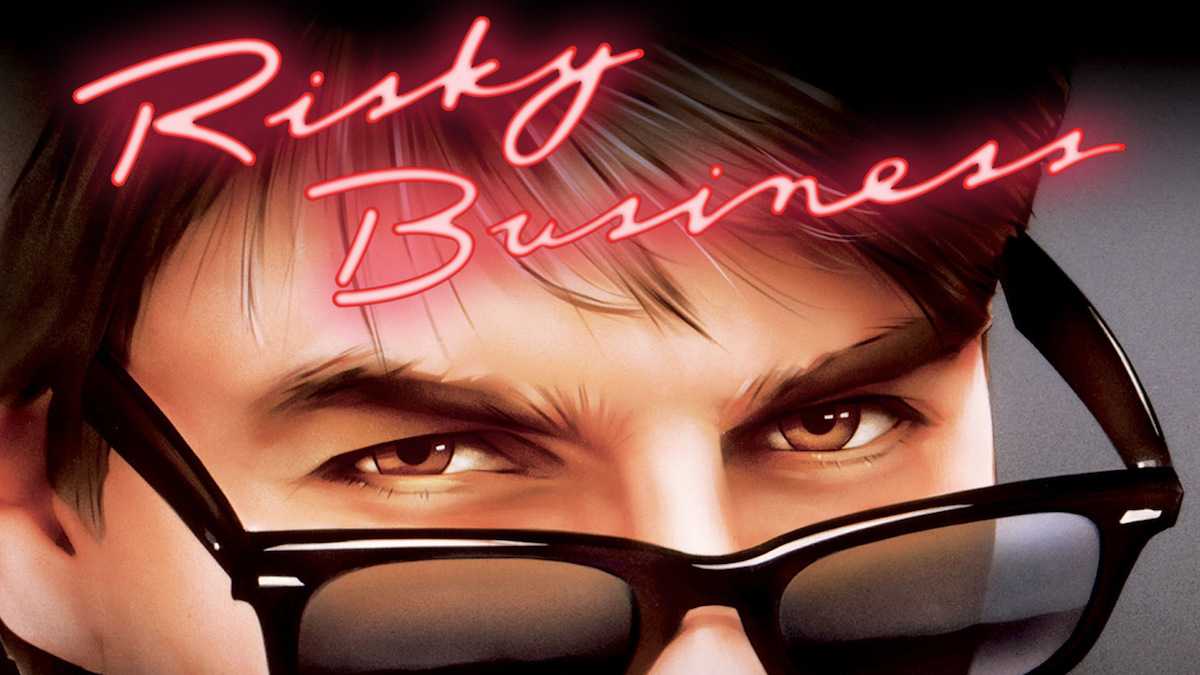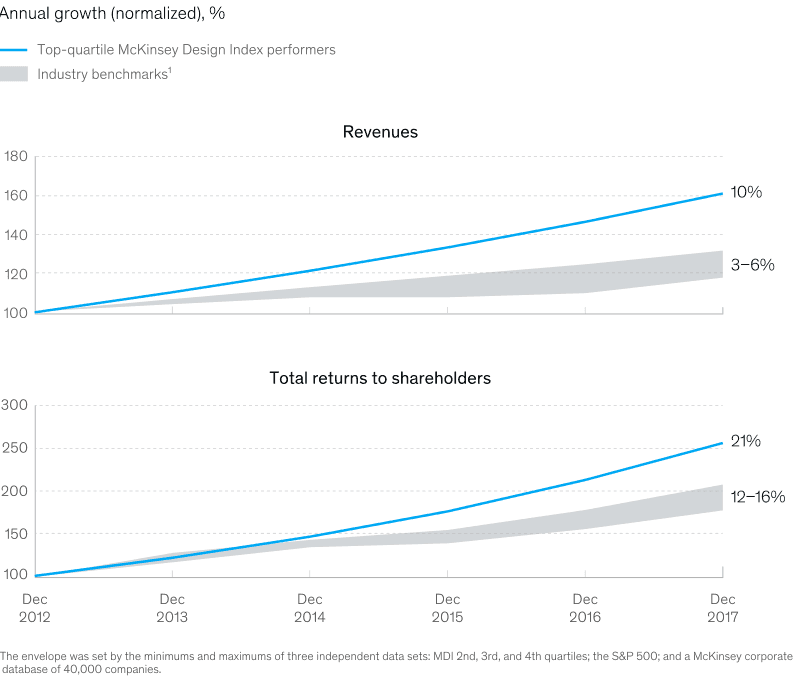#6 Purpose — a risky business?

Note: This is the sixth post of the book after the introduction. If you’re new to the book, start with the introduction. Or visit the full table of contents.
Put simply no, purpose driven businesses aren’t risky. They’re foolproof, based on strong commercial logic and a damn site more sustainable than the fragile ponzi schemes of many corporates. But just saying this is not going to convince investors, shareholders, the board, stakeholders… Your co-founders. Whether it’s an entirely new business you’re building or if you’re pivoting an existing behemoth, you need a solid business case and a plan of action. In ‘Method in the madness’ we talked about the need for simplicity in landing messages- that you need people to be aligned in when it comes to what you’re trying to achieve. Makes sense then that it’s very useful to know what you’re going to achieve with purpose driven design.
The word ‘purpose’ doesn’t always inspire everyone, we get it, we’ve seen it-many times. Not to generalise (kinda, but it is first hand experience) however it’s typically those borne of the 1980’s style boardroom sporting pin stripe suits, those focussed on cold hard cash- that can be reticent to believe in what we’ve heard referred to “as fluffy metrics” and “emotion muddying business”. There are after all an interminable number of models out there that you could follow to steer a business in a different direction. It’s hard to know where to start, every management consultancy is pitching their own version, borne of decades old theory.
Business is indoctrinated in these theories of old, we’re complicit in our groupthink that current economic thinking works. But the whole point is we don’t want to recreate what’s gone before, it’s building on a foundation of sand. We’re re-designing the economy baby! Flick back to chapter 4 ‘The Moonshot’ to read about how most change programmes fail. If you want to see what thinking has gone before though- and no doubt, it is interesting if change is your thing (and it is ours), here’s some popular theories of change for you to get lost in.
Enjoy the rabbit hole:
- Kurt Lewin’s Model of Change theory
- John Kotter’s 8 step model of change
- J R Galbriath’s Star Model
- Jeff Hiatt’s ADKAR model

Alice? What’s the matter? Death by change theory? I thought so…
Interesting thing is that when you’re building a new product, proposition, business idea — you don’t know where you’re going to end up. ‘Knowing’ what the solution will be, is the antithesis of all modern design methods. And if you think this only applies to product design you’d be wrong. You need to think of your entire business as a product organisation. See the end of the last chapter ‘Method in the madness’ for why. And if you’re not designing an entirely new venture, but changing your existing organisation… You’re still designing an entirely new venture. This is what you should be doing:
- Taking learnings from the existing business and exploring the art of the possible
- Designing an entirely new sustainable business model using what you know
- Sunsetting the old business and porting people and products across to the new
Is this the way it will always be, ie wholesale change every few years?! Hopefully not, because that’s the way of old — it’s expensive and hard. In a few years the antiquated way in which most companies currently operate will cease to be. The plan should be for any new model to be adaptable when designed right, able to quickly pivot inline with the changing economy. But if you’re talking wholesale change of a global corporate right now, you need a step change to become competitive again. Because there’s a tsunami of new businesses and technologies re-defining the economy and rules of engagement every day. You can’t make micro, iterative improvements to every area of a global business (though you can and should do this as a parallel workstream) and hope that this will give you the pace of change needed to keep up with, let alone beat the competition.
Obviously you don’t need to sunset everything that’s working. You need to assess each area of the business for its relevance and longevity inline with a new model. The overriding theme though, should be that if you’re radically redesigning the business model, the majority of the existing business is likely to be at odds with the new (else the radical redesign wouldn’t be needed right?) and you need to be brutally honest about what’s going to feasibly pivot to the new way of working, and what has a limited shelf life.
Defining (and designing) purpose
It’s a fine balancing act, aligning people behind a purpose, a vision, a northstar and avoiding having to map everything out in detail in order to bring them along as you begin. If you’ve taken the decision to radically redesign the future of the business, it’s natural to want to de-risk and plan for every eventuality. But you can’t. Infinite strategising and planning are the death knells for any idea — it’s usually costly (especially if you use management consultants eh) and if you’re not out there doing you’re just standing still, and this will get you nowhere.
“Standing still is the fastest way of moving backwards in a rapidly changing world.”
Lauren Bacall
So what’re you doing if not planning your life away? A useful exercise (another one from design pals — Google) if you’re beginning to think about your purpose, your reason for being as a business, is the The Future PR Statement. It’s an activity we sometimes use to help teams coalesce around what they want to achieve. In this wicked, fascinating, some say genius video about our proposition at Po3 we also talk about the UN sustainable development goals or SDGs- another tool we use in ideation sessions. What are the SDGs? Glad you asked:
When we talk about purpose driven design, for us it’s in three different contexts, designing solutions to three kinds of problems.
- Internal problems: uniting teams behind a common goal, giving employees a stake in that vision and the autonomy to contribute.
- External problems: ensuring that that products and services you deliver to the market contribute to something greater than simply revenues and business growth.
- Systemic problems: collaborating across public, private and third sectors to solve some of the most pressing issues we face as a global community.
We use the SDGs as a framework for ideation sessions to ensure any ideas are not just commercially, technically and operationally feasible, but that they’re helping to achieve an outcome that benefits wider society and the world in which we all live. They’re useful in designing solutions to any or all of the problems above, as guiding principles. Your purpose (as we’ve said at length) is the most important thing. Head back to chapter 3 ‘Success defines us’ if you need more on why purpose is so important and what drives human behaviour. But there are also large commercial benefits from designing for purpose. It’s not only what people want from work, it’s profitable to be purposeful and there are many lengthy and well funded studies that establish this. Here’s a snippet of stats for the inevitable presentation you’ll be asked to make on ‘purpose’:
“In 2018, Unilever’s Sustainable Living Brands grew 69% faster than the rest of the business, compared to 46% in 2017.”
Unilever 2019
“Researchers at the School of Management at SUNY Binghamton found that certified B Corps had an impressive 51% revenue growth rate during the 2008 financial crisis”
Yale 2018
“If a satisfied employee’s productivity level is 100%, an engaged employee’s level is 144%, but the productivity level of an employee that is truly inspired by the purpose of their employer is a whopping 225%”
Bain & Co
“94% of CEO’s feel a personal responsibility for laying out their company’s core purpose and role in society.”
UN & Accenture 2019
In 2018, McKinsey — though way way behind the curve when it came to practising design as a change methodology (soz, but it’s true, I mean checkout Seren before EY bought them or Adaptive Path before Capital One — IDEO anyone? Hello?), put a lot of resource behind pulling out the tangible commercials of applying design to business. They tracked the design practices of 300 publicly listed companies over a five-year period, in multiple countries and industries and looked at 2 million pieces of financial data to produce their design index. That work pinged out this nice little (expensive) graph.

With stats like these (and there are many, many more if you poke about) it’s difficult to deny the commercial benefits of both designing purpose at the heart of business strategy and employing design methods to deliver new ideas to market. Purpose and design methodologies are inextricably intertwined due to their underlying principles which we’ll explore when we showcase our own Po3 methodology ™.
So it can only be that people just don’t know how to implement these things, how to design purpose into core business strategy. Well, that makes sense too. The validity of user centred design has taken years to permeate stubborn antiquated business models. Only now are design thinking and agile almost fetishised in their use within the business vernacular. And yet they’re still so often misunderstood and badly implemented.
We’re moving: from → to
If we don’t know precisely where we’re going to end up with our ventures, we know where we are right now. Our method at Po3 is to set out simple core principles that guide all future business decisions, a future design system for your business. Not a target operating model, not a cookie cutter, out of the playbook expensive take on hub and spoke. In the same way that the agile manifesto is not SAFe, ours is a design system, a guide — not a map.
We pull out these guiding principles and focus on the business case for each, which is strong. We show how these principles differentiate from and improve upon the current position. We show simply how we’re moving from where we are → to the future model and we give you the tools to begin and keep on heading in the right direction. It keeps the message and what we’re trying to achieve clear and front of mind. It keeps it simple. It’s compelling because the principles individually are hard to argue against, together, they’re absolutely banging.
If everybody knows why they turned up to work today, knows their purpose, if they get where you’re going and why — you build the momentum of the masses. There was a fascinating piece of research published in the journal ‘Nature’ back in 1984 by zoologist Wayne Potts — on how flocking birds move in unison. His work showed that birds in flocks don’t just follow a leader, or their neighbours. If they were doing this, the reaction time of each bird would need to be very fast – faster than birds can actually react. Instead, they anticipate sudden changes in the flock’s direction.
Once a change in direction begins in the flock it “spreads through the flock in a wave.” The propagation of this manoeuvre wave, as he called it, begins relatively slowly but can reach speeds three times faster than would be possible if the birds were simply reacting to their immediate neighbours. Check it out:
Only by already knowing what you need to do, by anticipating and not having to be told, can you be like the birds. Be like the birds people, they seem pretty awesome. Catch you next time when we’ll actually share our design system.
Sign up for purpose
We're writing a book, a 'how-to' for the design and delivery of purpose driven, successful businesses.
Then we're giving it away, so anyone can use it.
